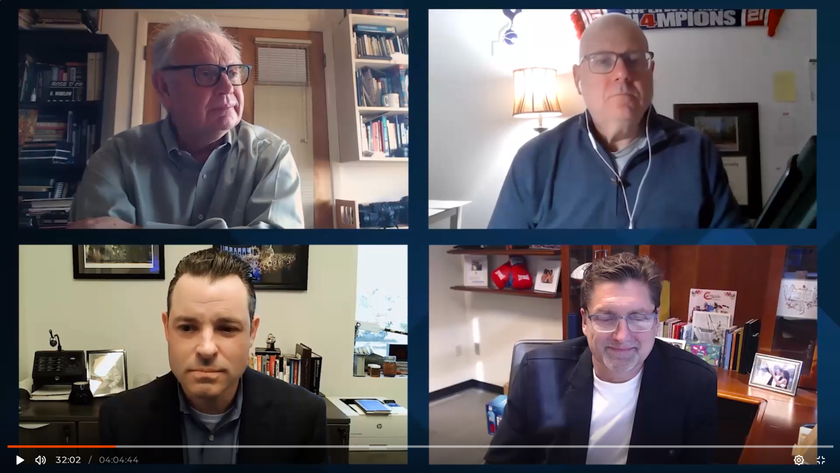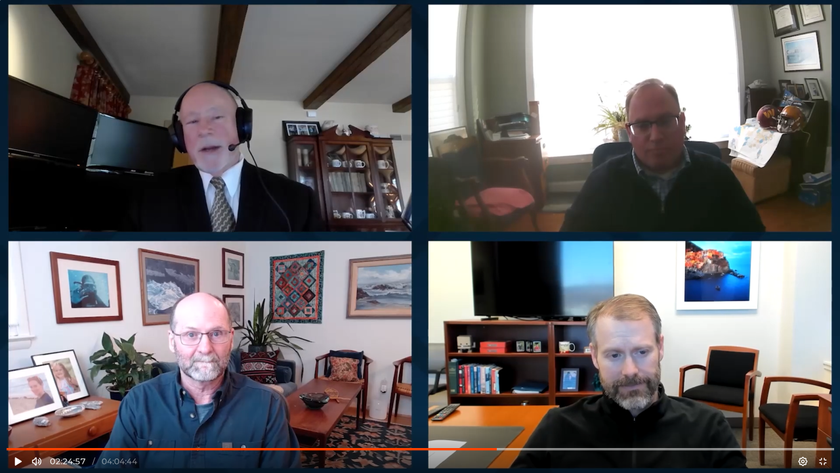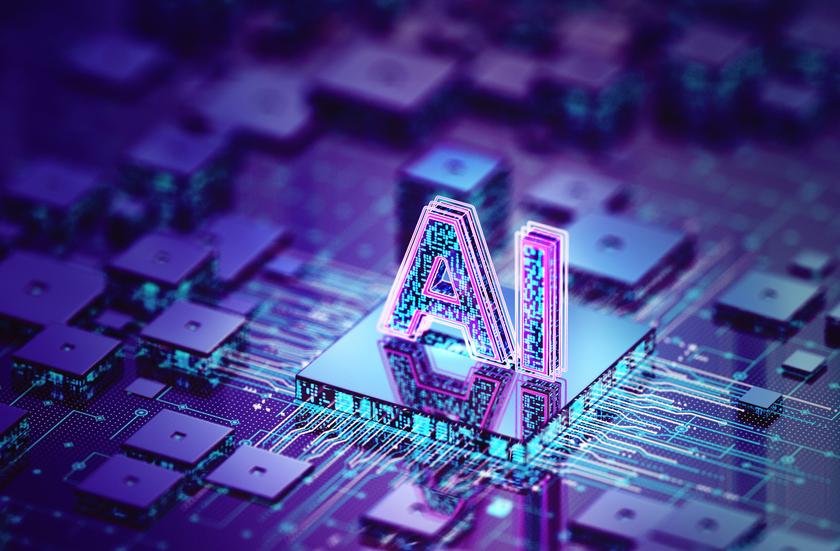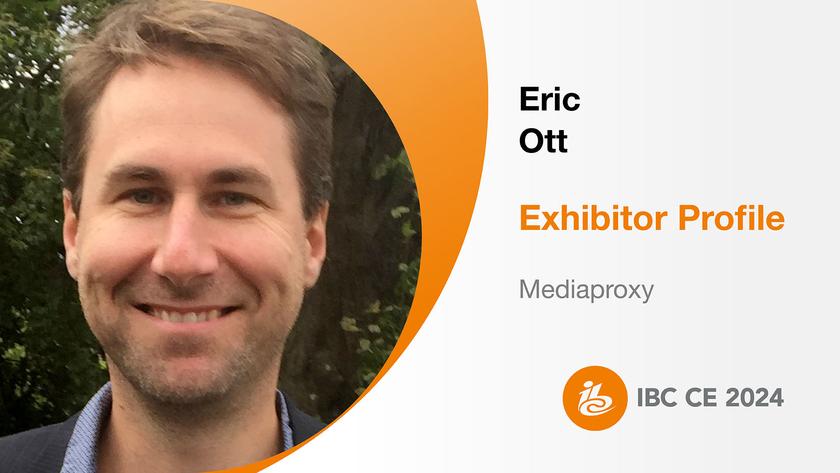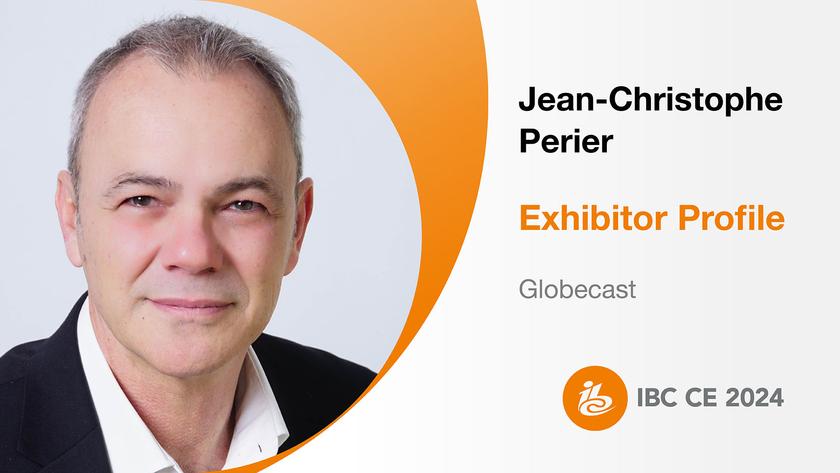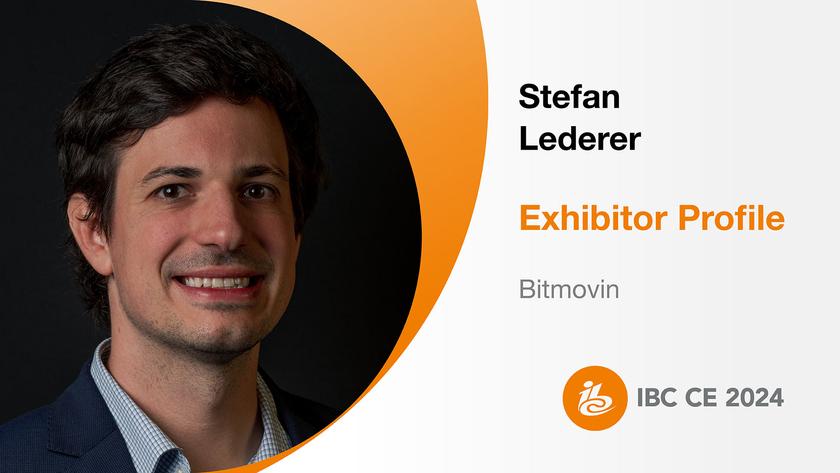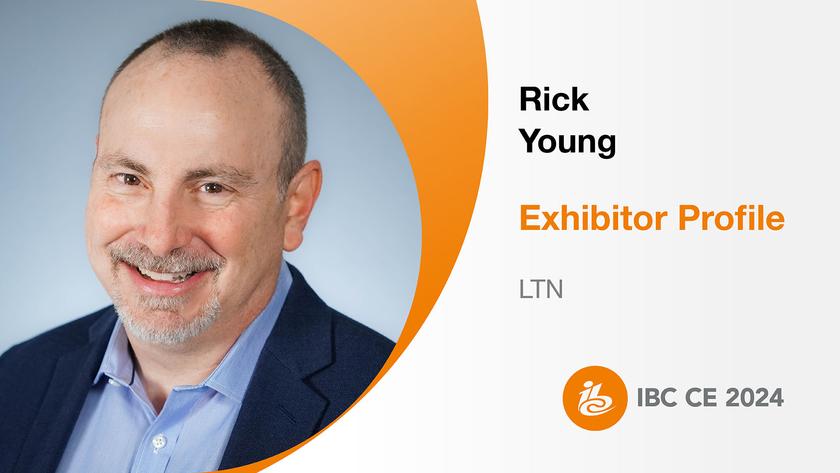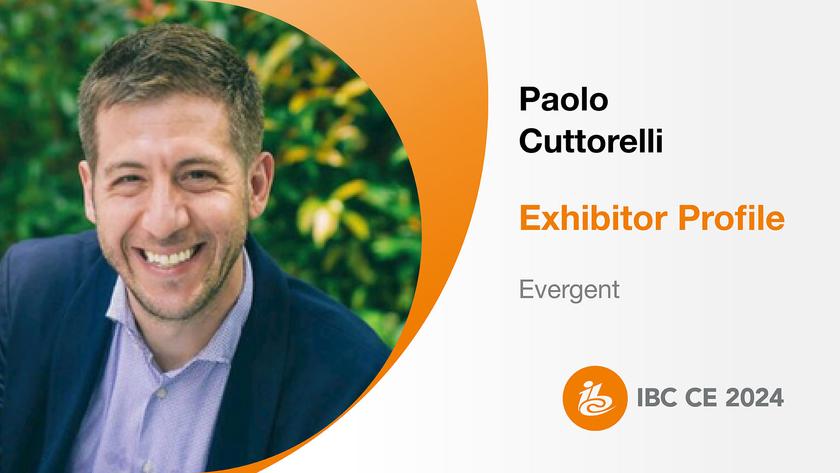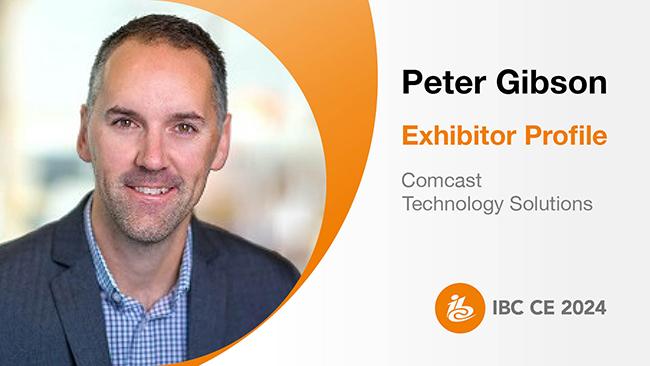Q&A — John E. Ferder, Dir. of Studio and Post-Production Engineering, CBS Broadcasting Inc.
HOLLYWOOD, CALIF.—Shortly before the start of the SMPTE 2015 Annual Technical Conference & Exhibition, TV Technology spoke with John Ferder about his upcoming session “Broadcast Infrastructure-Back to the Future?”
TV Technology: Exactly what are you referring to when you say “older methods and infrastructures?” Are you talking about such things as graphics generation and conventional SDI signal routing, or are you perhaps considering such things as signal evaluation/quality control and plant communications?
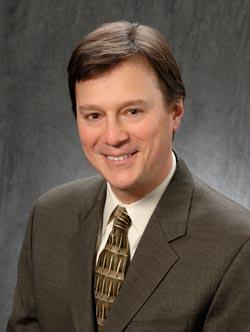
John Ferder
John Ferder: I am referring specifically to the use of reference and timing signals that have been used since the days of analog television, such as Black Burst and SMPTE Time Code, as well as conventional routing and construction, for this session. But the other items you mention are also considerations.
TVT: What are the SMPTE-standardized mythologies to which you reference?
Ferder: The methodologies I’m referencing are the new ST2059 set of standards, which rely on the IEEE-1588 Precision Time Protocol Standard, which has been in use in Information Technology for many years.
TVT: Why have broadcasters been reluctant to implement them?
Ferder: I believe that there is reluctance because they can be costly to implement. Also, there cannot be a wholesale replacement due to legacy equipment that is still in use. There may be no real economic incentive to replace a system that is in many ways up-to-date and working as required.
TVT: There seems to be a great push — at least by some equipment manufacturers — to get broadcasters to move into an “all-IP” infrastructure. Do you think the industry is ready to completely abandon conventional SDI digital video and AES/EBU digital audio infrastructures?
Ferder: I personally do not think that the industry is ready for completely abandoning SDI and AES/EBU. There are still many issues with an “all-IP” infrastructure that must be addressed by the manufacturers to the industry's satisfaction. Building in system redundancy can be an expensive proposition, and switches do not always fail over reliably. There is no real way to patch a signal around a switch if there is a problem.
Each manufacturer has its own protocol for building a Software Defined Network, and these are incompatible with other manufacturers. This makes it difficult, to say the least, to build a system using multiple manufacturers' equipment. Would we need to install gateway servers between each manufacturer’s product in order to integrate a complete system? In addition, we have not seen solutions for tallying or machine control (e.g., VDCP) over IP. These are must haves in the broadcast plant. As I mentioned before, there is too much legacy and current product that cannot be supported in an “all-IP” environment. I believe that there will be a hybrid infrastructure in most broadcast plants, where the move towards IP is evolutionary. That idea will be addressed in one of the presentations in my session.
TVT: What are the human factor implications of converting to an all-IP broadcast plant? Will operators and maintenance personnel who have been working in SDI plants and using the workflows that are common today be able to easily make the shift to a radically new environment? How about troubleshooting techniques when something goes awry? Do you foresee the need for extensive retraining of personnel?
Ferder: There are maintenance technicians in broadcast plants who have been employed in the IT industry, so they come in with that knowledge. In fact, they need training in the broadcast environment! Since there is no such thing as an IP waveform monitor or vectorscope, it is very difficult to obtain quick, on-the–scene diagnostics. There’s no way to tell if the audio in your data stream is at the correct level, or that the closed-captioning data is included and correct, because there is no way to instantly see it as you could on SDI or AES scopes and metering.
Network flow data and other information have to be gathered over a period of time in rather expensive, multi-component systems, and then all of this data has to be read and interpreted. This process could take days, if not weeks. People who specialize in “deep data dives” will be required to lessen the time needed to diagnose network problems. There will be retraining required for technicians who have worked exclusively in the broadcast plant, and I know that many of my colleagues have begun to address that. I now have two Cisco Certified Network Architects on my engineering staff. I and the other engineers on my staff are taking courses in IP networking and security. I should also mention that SMPTE offers on-line courses towards getting the CCNA certification.
Ferder is Director of Studio and Post-Production Engineering for the CBS Television Network in New York, where he has worked since September 1995. Together with his engineering group, he is responsible for the design, construction and support of all production and post-production facilities in the CBS Broadcast Center including the renovations for “The Late Show with Stephen Colbert,” HD upgrades for the “NFL Today,” “The Late Show with David Letterman,” “60 Minutes,” “48 Hours,” and the 2008 construction of the new control room for the “CBS Evening News” and the new studio for “CBS This Morning.” Ferder was elected a Fellow of the Society in 2012 and is a member of IEEE.
Get the TV Tech Newsletter
The professional video industry's #1 source for news, trends and product and tech information. Sign up below.
